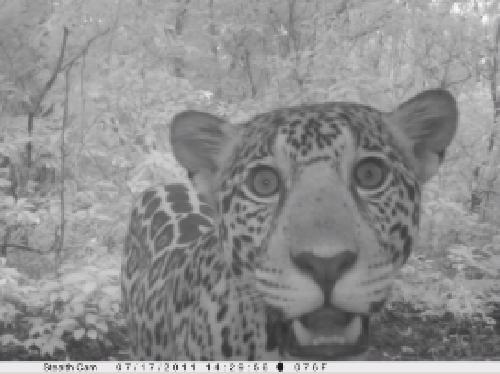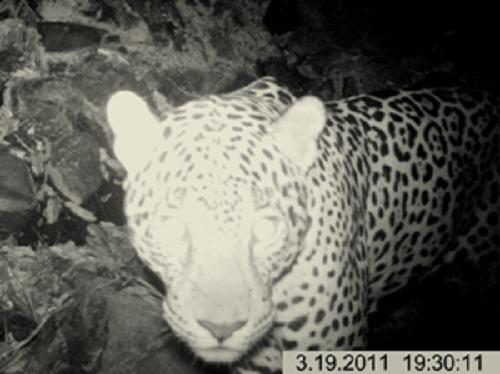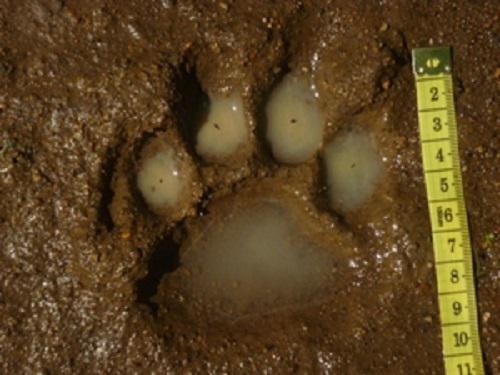Victor Montalvo Guadamuz
The project will help to determine the distribution of the jaguar and its preys in relation to the landscape features of Santa Rosa National Park to improve the conservation actions in the Guanacaste Conservation Area, Costa Rica.

The Jaguar (Panthera onca) is a top predator that inhabits Santa Rosa National Park (SRNP) in Guanacaste Conservation Area (ACG). Jaguars are categorised as a critical endangered species (according to the wildlife conservation law of Costa Rica (No. 7317)). It is important to mention that jaguars they play an important role maintains the diversity and balance of ecosystems of the tropical forest in Central and South America. However, populations of these felids in Costa Rica are actually facing a rapid decline by the retaliation killing due to livestock predation, illegal hunting of their preys and the loss of their habitat, main treats that still persist in the study area.

The ACG have been identified by experts as a Jaguar Conservation Unit where there is a high long-term probability for jaguar conservation. Also, the ACG is also a World Heritage Site of UNESCO that contains a 2.5% of the world’s biodiversity. Unfortunately, there are not many ecological studies in the dry tropical ecosystems of the pacific coast of Costa Rica and the rest of Central America. Santa Rosa National Park, which is part of ACG, need to generate more ecological studies as baseline of ecological information that could be focus on jaguars’ conservation. This information will help Costa Rican authorities to take the proper management decisions about jaguars and its preys as indicator the ecosystem health.

This project will help to generate ecological information using camera trap as non-invasive method and combine with a geographic information system (GIS) to survey the association between landscape variables and jaguar presence in ACG. This will help to understand how the process of regeneration and landscape variables have enhanced the populations of wild carnivores and their prey in the last patches of dry forest in the pacific side of Costa Rica. The information generated through this project will help to improving the strategic conservation planning for species and ecological systems in the ACG. This will give the technical support to planning and validate the strategies of conservation to use the jaguar as a model of conservation to protect other species under the model of umbrella species. Additionally, during the project we will promote participative encounters with the rangers and Environmental authorities (Ministry of Environment, Energy and Telecommunications) to discuss the importance of this king of research to improve the management decisions in ACG.